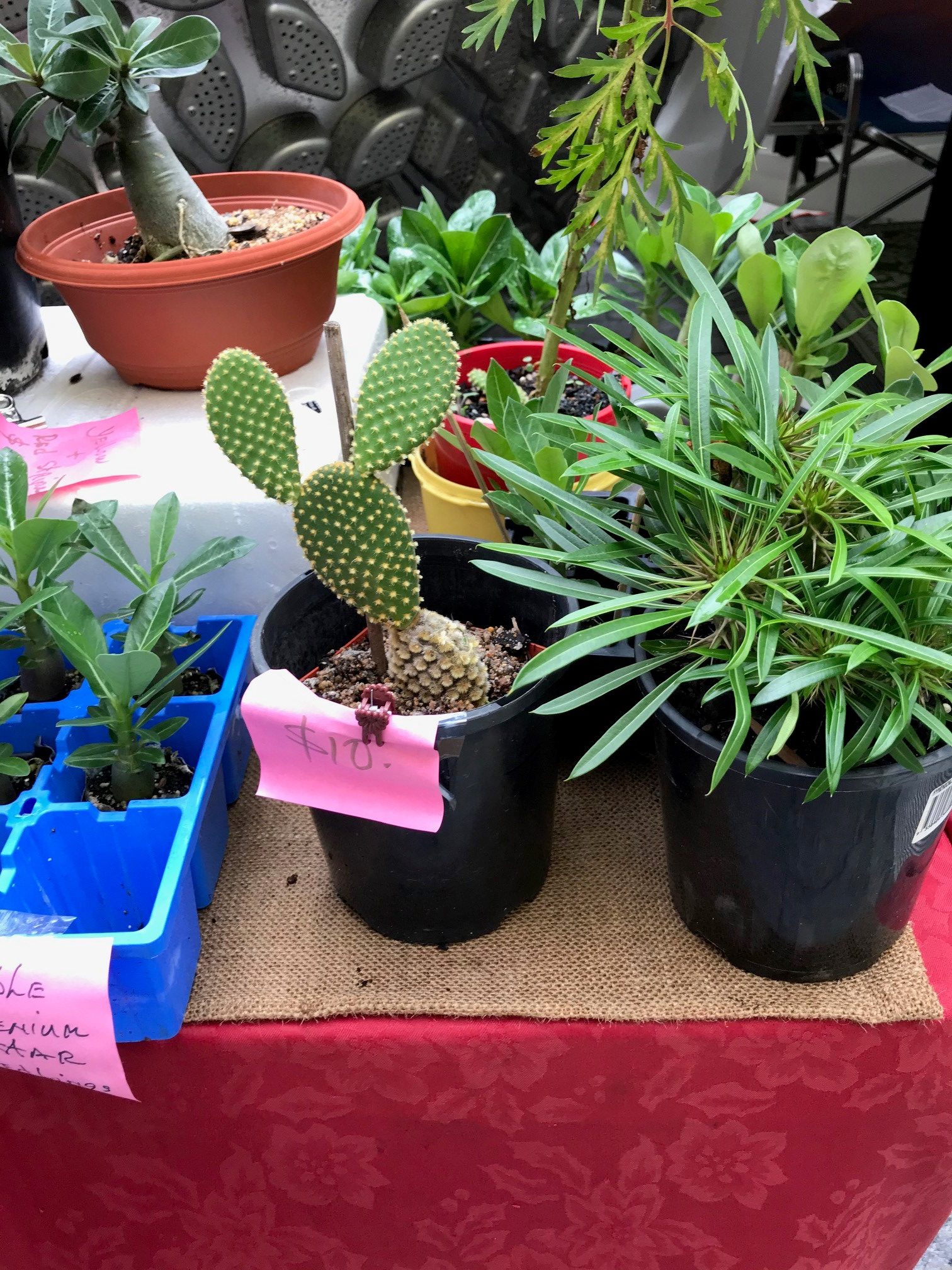Buyer’s beware: Brisbane’s pest plant black market
Lord Mayor Adrian Schrinner is lifting the lid on Brisbane’s pest plant black market, cautioning residents not to get conned into buying dangerous weeds in disguise.

Brisbane’s pest plant black market
Dozens of Brisbane’s most invasive plant species are on the pest plant black market , being potted up and sold at markets and online at Gumtree and Facebook, often accompanied by a price tag of up to $100.
“We’re seeing the unfortunate situation where unsuspecting residents looking to cash in on the cactus or ornamental plant trend are actually purchasing plants that are illegal and pose a serious threat to our health and environment,” he said.
“There are more than 100 listed species on our invasive weed list and if just one of these plants finds its way to the wild, it has the potential to wipe out natural habitat, kill wildlife and choke waterways.
“Some of the worst offenders are coral cactus, prickly pear, snake cactus and the bunny ears cactus which can blind cattle and cause skin irritation in humans.
“If you’re caught with one of these pest plants, you’ll have to destroy it or expect to cop a $667 fine.
“So far this financial year, we’ve investigated almost 220 reports already of pest plants, following on from more than 300 reports of pest plants for the previous two financial years.
“Educating the public is our priority and that’s why if you’re found in possession of a pest plant, we ask you to destroy it. Through our education-first approach, we’ve issued 459 eradication notices this financial year and no fines.”
Cr Schrinner said everyone needed to be ‘weed wise’ and do some extra research before handing over hard-earned cash to a seller.
You can identify designated weeds at https://weeds.brisbane.qld.gov.au
“One of the most effective ways of preventing the spread of weeds, is to stop it at its source,” he said.
“Buyers are mostly unaware that what they’ve purchased is banned or restricted and that’s why education is the best prevention to not only protect our precious environment, but not get duped for your dollar.
“If you’re unsure if a plant is friend or a foe, Council’s handy Weed Identification Tool can help point you in the right direction and if you do spot a pest plant, we encourage you to report it directly to Council online or by calling our contact centre.”
Brisbane Botanic Gardens Curator Dale Arvidsson said residents can also get up close and personal with some ‘pesky’ plants at one of the free guided weed tours at Brisbane Botanic Gardens Mt Coot-Tha.
“We are lucky to have Queensland’s premier subtropical botanic gardens on Brisbane’s doorstep, which house some of these ‘problem’ plants for educational purposes, so that residents can learn how to identify and manage them in their own backyards,” Mr Arvidsson said.
“While you’re there, you can also see some of the wonderful, tough and beautiful Australian native plants that you can grow in your own backyard in the native plants display gardens, which are not only a great easy-to-grow alternative, but also provide food and shelter for native wildlife.”
Council has spent more than $3.5 million this financial year removing weeds from local bushland.
Some of the most invasive cactus species are:
- Coral cactus (Cylindropuntia fulgida) (Sale of this plant is prohibited under State law)
- Eve’s pin cactus (Austrocylindropuntia subulata) (Sale of this plant is prohibited under State law)
- Snake cactus (Cylindropuntia spinosior) (Prohibited under State law. Must be reported to Biosecurity Qld within 24 hours)
- Bunny ears (Opuntia microdasys) (Sale of this plant is prohibited under State law)
- Blind cactus (Opuntia rufida) (Prohibited under State law. Must be reported to Biosecurity Qld within 24 hours)
- Common prickly pear (Opuntia stricta) (Restricted under State law)
Some of the most commonly recorded pest plants by Council include:
- Lantana (Lantana camara)
- Easter cassia (Senna pendula var. glabrata)
- Asparagus ferns (Asparagus aethiopicus ‘Sprengeri’, A. africanus and A. plumosus)
- Ochna (Ochna serrulata)
- Glycine (Neonotonia wightii)
Don’t forget to see how were are leading the way for a clean, green, and sustainable Carbon Neutral Future at https://vickihoward.com/clean-green-carbon-neutral-council-leads-way/

